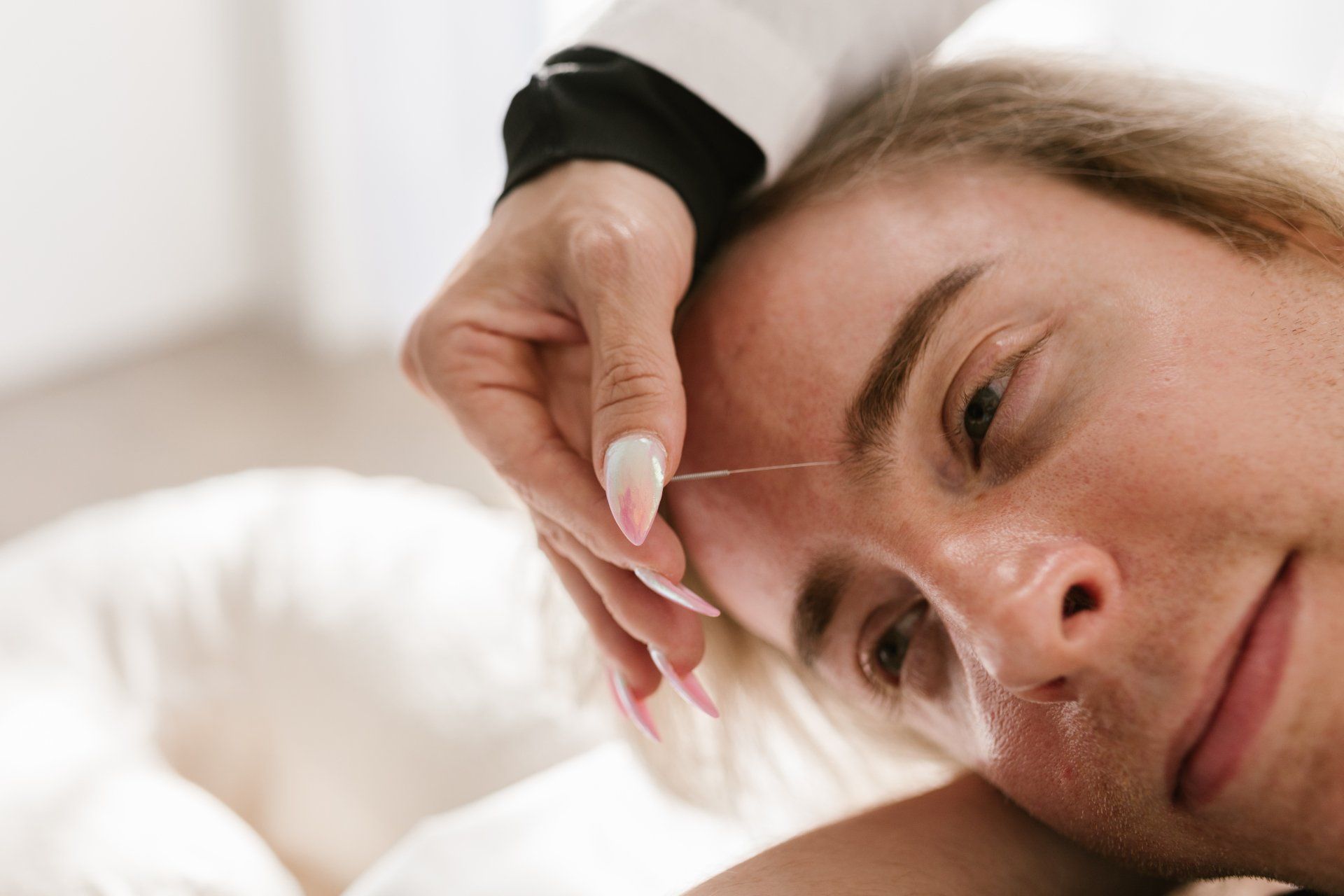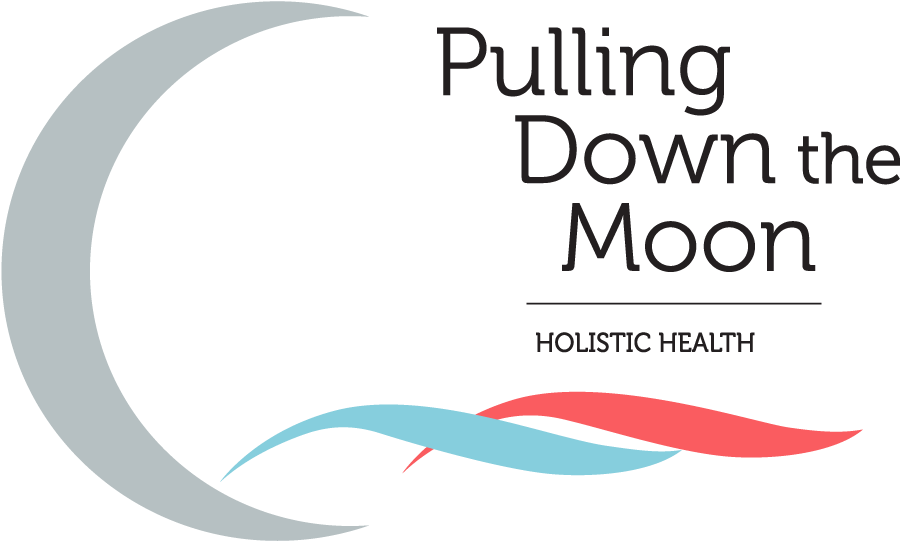Tools of the TCM Trade: Needles

Even though it may seem like a new trend to the modern fertility patient, the use of the Chinese healing art of acupuncture to treat fertility is one that can be dated back at least two thousand years. A lot of my patients are curious about the “tools of the trade, because like a modern doctor, I do use an array of therapeutic instruments to treat my patients. The tools I use to help restore my patient’s fertility may not require as much electricity as an RE’s, but since they have been passed down and perfected over a couple thousand years, I would definitely argue that they are pretty state-of-the-art.
You may have heard that one of the most important concepts of Chinese medicine for fertility (or any other illness/symptom) is that of natural balance. When proper balance of energy exists, the body has achieved a healthy circulation of qi, or life force. Qi flows throughout the body along channels called “meridians”. When the flow of qi is insufficient, unbalanced, or interrupted, illness may occur. Acupuncture is the insertion of very fine needles (sometimes in combination with electrical stimulus or with heat produced by burning specific herbs called Moxibustion – more about this later) into the skin at specific acupuncture points in order to influence the functioning of the body. The choice of acupuncture points varies from patient to patient and treatment to treatment and relies on very careful diagnosis of different kinds (another topic!).
Let us first discuss the acupuncture needle. The earliest primitive acupuncture instrument used in ancient China was the “stone needle” (ouch!). This eventually developed into what is called “the nine needles” made of metal. The nine needles were used for various depths of entry into the body and were of different shapes and sizes: sharpened, round, elongated and miniature. With the advance of manufacturing technology, acupuncture needles are being made with greater and greater precision. Modern acupuncture needles are about the thickness of a hair brush wire and are designed to be virtually painless upon insertion. The needles modern TCM practitioners use are single-use and sterile.
Today, like the acupuncturists of two thousand years ago, the acupuncture needle is used by the practitioner to unblock energy flow in order to restore health or reduce pain. For example, the acupuncturist can move stagnation to relieve painful pms symptoms. The needles are also used for supplementing various deficiencies; to treat a woman who has missed a period due to blood deficiency, for example. Lastly, the needles can also be used to drain an excess which is creating imbalance as in the case of a woman who experiences extra-long periods and may have excess heat in the blood.
So now you know a bit more about acupuncture and needles. Stay tuned for the next chapter of “Tools of the TCM Trade.” Please feel free to comment with any questions you may have about acupuncture and the treatment of infertility.
Share on Social
Discuss With Us
Our Latest Resources



